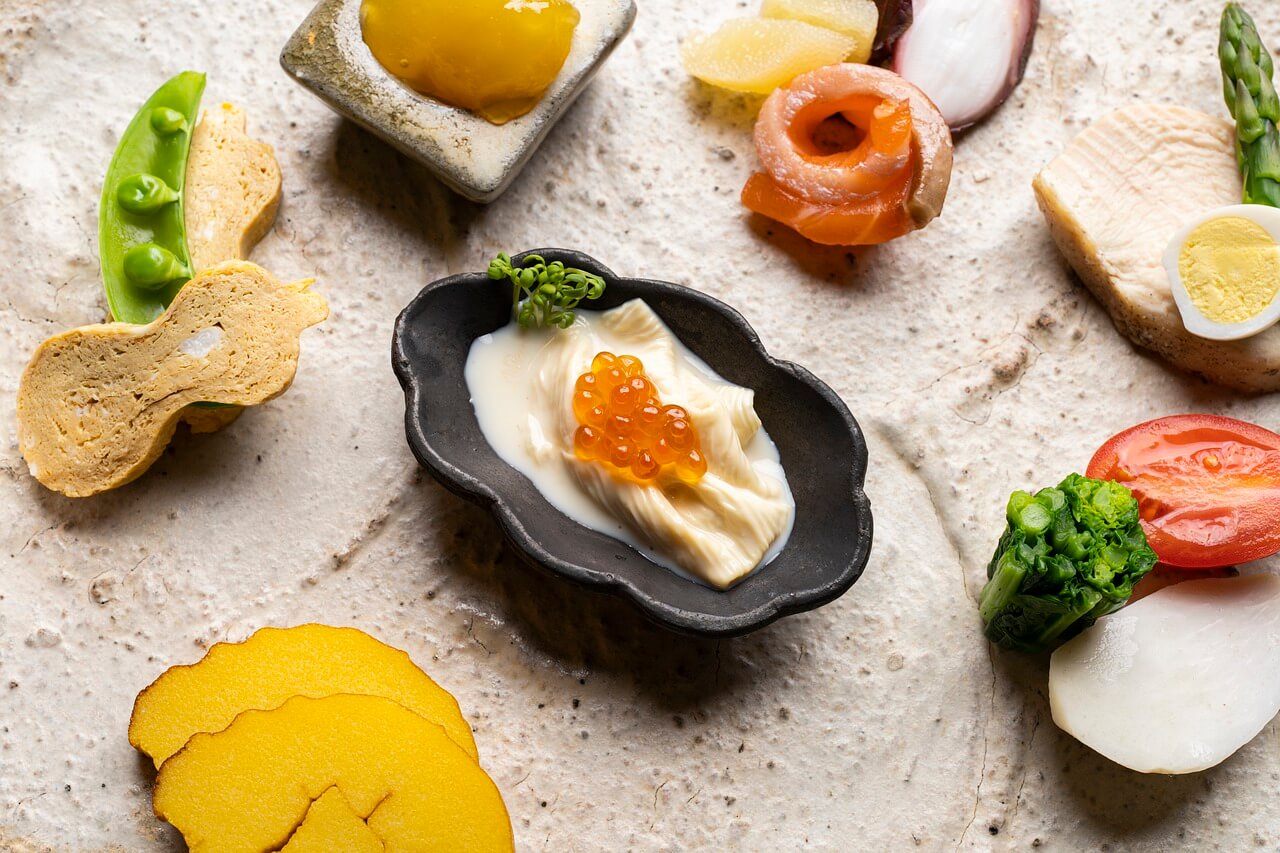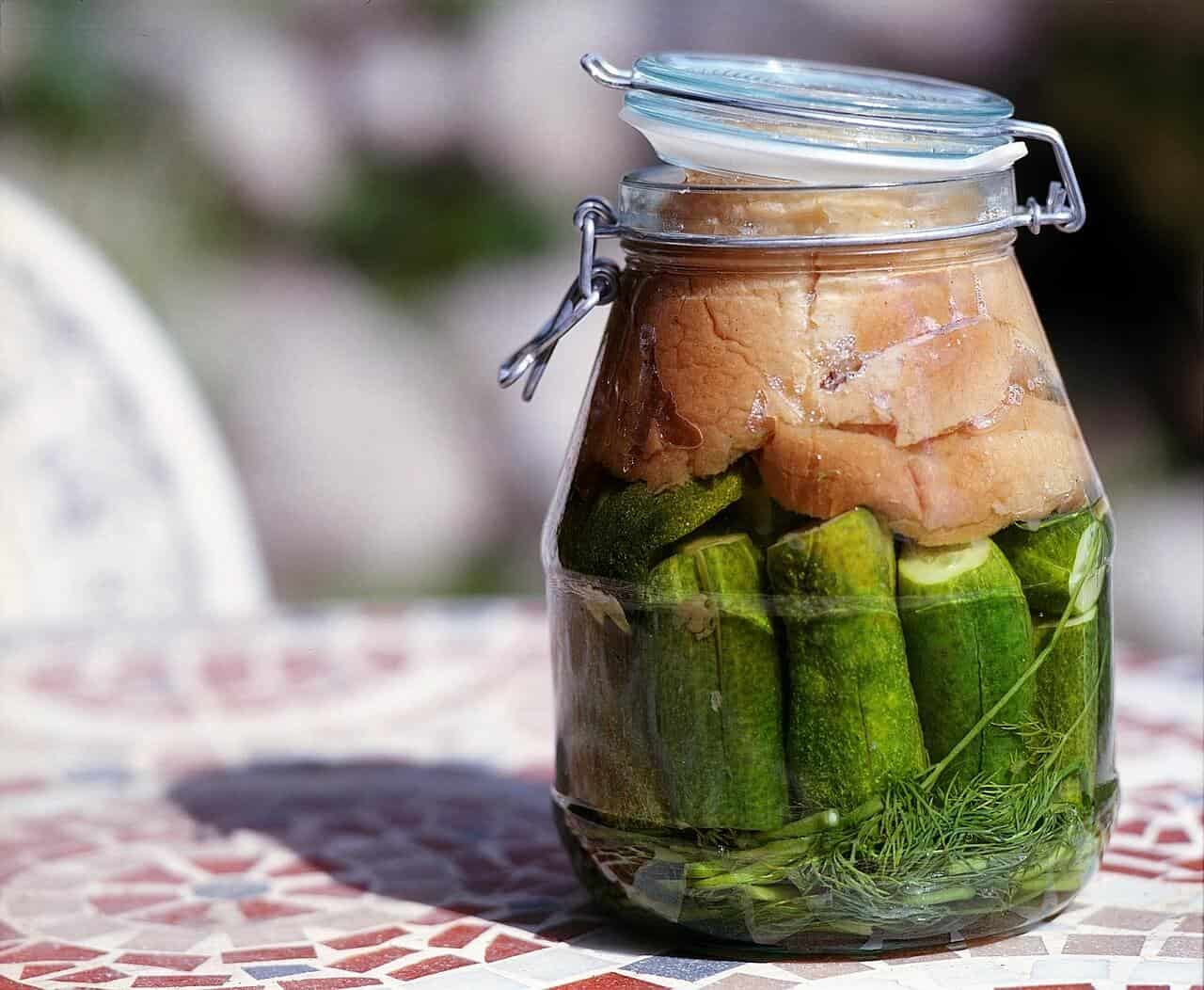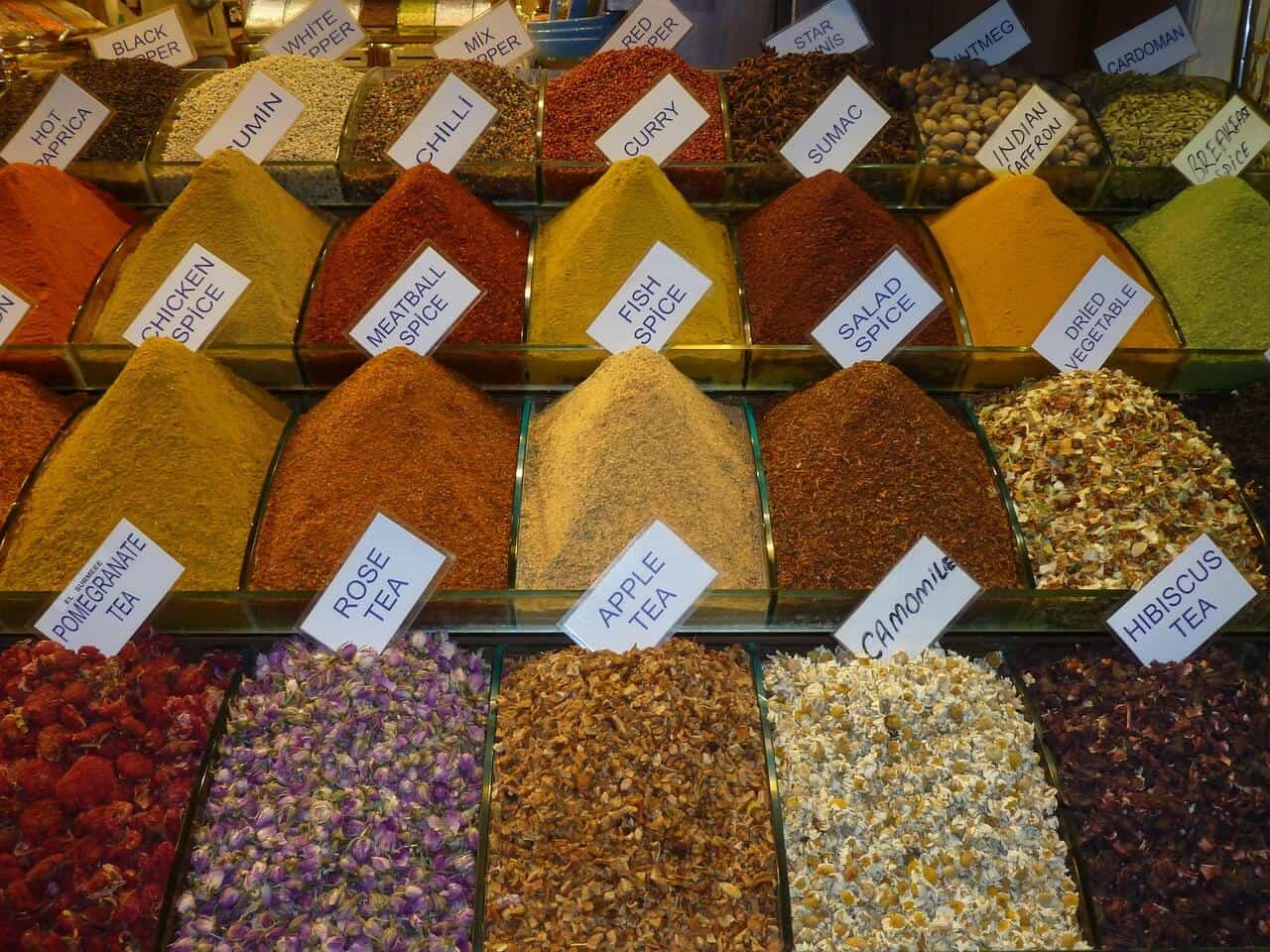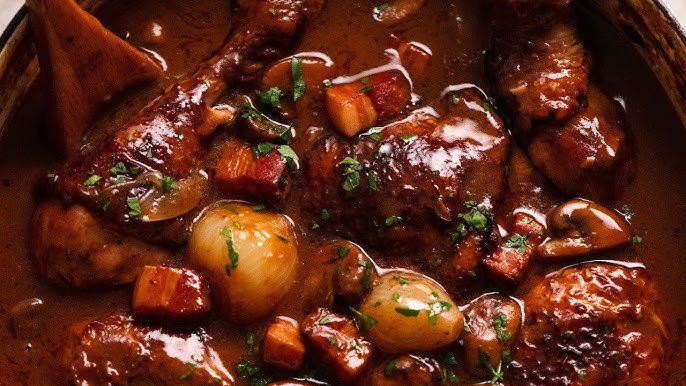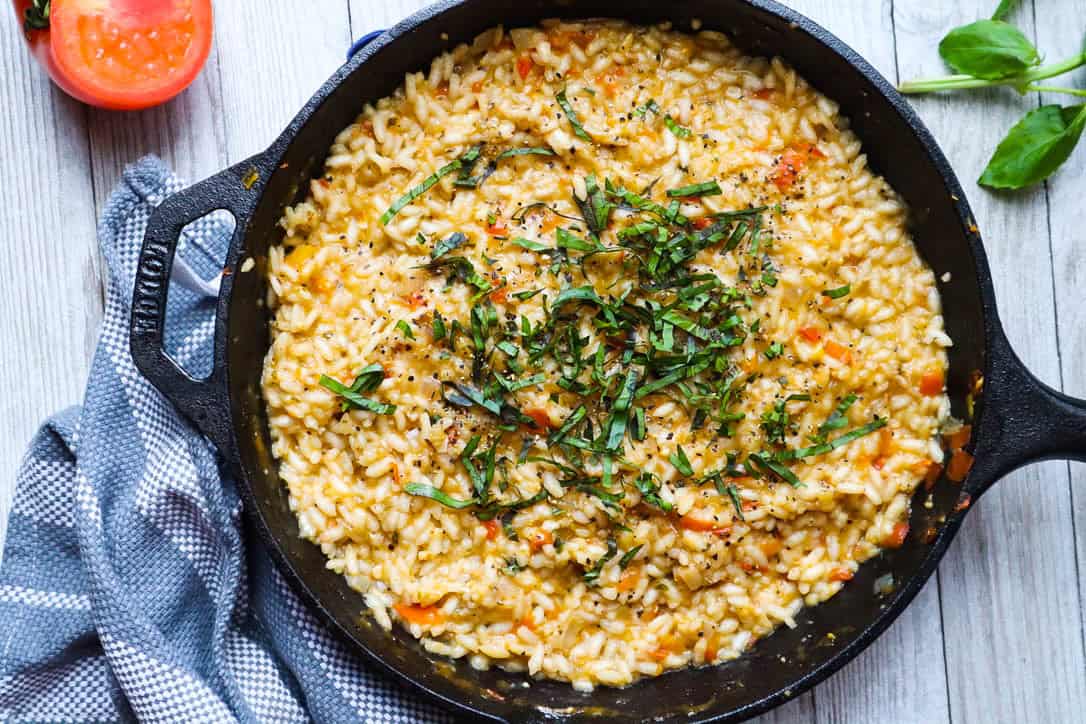Taste is one of the most powerful senses, shaping our experiences with food and influencing our dietary choices. But have you ever wondered why some foods taste delicious while others make you cringe? The way we perceive flavors is a complex process involving not just our taste buds but also our sense of smell, texture, and even psychological factors. Understanding the science of taste can help us appreciate food more deeply and make informed choices about what we eat.
The Five Basic Tastes
Humans experience five basic tastes, each detected by specialized taste receptors on the tongue:
- Sweet – Associated with sugars and carbohydrates, sweetness signals energy-rich foods.
- Sour – Detects acidity, often found in citrus fruits and fermented foods.
- Salty – Essential for maintaining electrolyte balance, salt enhances flavor and preserves food.
- Bitter – Often a warning signal for toxins, bitterness is found in dark leafy greens and some medicinal plants.
- Umami – The savory taste linked to amino acids, present in meat, cheese, mushrooms, and soy products.
Each of these tastes plays a role in our diet, guiding us toward nutrient-rich foods while helping us avoid harmful substances.
How Taste and Smell Work Together
Flavor is not just about taste—it’s a multisensory experience. Our sense of smell plays a crucial role in how we perceive flavors. When we eat, aroma molecules travel through the nasal cavity and stimulate olfactory receptors, creating a rich and complex flavor profile. This is why food loses its appeal when we have a stuffy nose.
For example, think about eating a strawberry candy. Without its sweet scent, it may only taste vaguely sweet without the distinct fruity essence. This interplay between taste and smell allows us to enjoy a wide variety of flavors.
Texture and Temperature: The Unsung Heroes of Taste
The way food feels in our mouth—its texture and temperature—also influences taste perception. Creamy, crunchy, chewy, and crispy textures add to the overall eating experience. Temperature plays a role too; warm foods release more aroma molecules, intensifying flavors, while cold foods tend to dull taste sensitivity.
Examples:
- Melted chocolate tastes richer than solid chocolate because the warmth releases more flavor compounds.
- Ice cream feels more refreshing than warm pudding, even if they contain similar ingredients.
Psychological and Cultural Influences on Taste
Our perception of taste is also shaped by psychological and cultural factors. Past experiences, emotions, and upbringing can determine our food preferences.
- Childhood Exposure: Foods we grew up eating often become comfort foods. For example, if you grew up eating spicy dishes, you’re more likely to enjoy spicy food as an adult.
- Emotional State: Stress and mood can affect how we perceive flavors. Some people crave sweets during stressful times, while others lose their appetite.
- Cultural Norms: Different cultures emphasize different flavors. Asian cuisines often balance sweet, salty, sour, and umami, while Western diets may lean more heavily on sweet and salty flavors.
The Role of Genetics in Taste Preferences
Genetics also play a role in how we perceive taste. Some people have more taste buds than others, making them “super tasters” who are highly sensitive to bitter and spicy flavors. Others may be less sensitive, requiring more seasoning to experience the same level of flavor.
For example:
- Some people find cilantro tastes like soap due to genetic differences in how they perceive its compounds.
- A genetic variation influences sensitivity to bitter compounds found in coffee and dark chocolate.
Enhancing Taste Experience: Tips for Enjoying Food More
Want to maximize your enjoyment of food? Here are some practical tips:
- Eat Mindfully – Slow down and focus on the flavors, textures, and aromas of your meal.
- Pair Complementary Flavors – Balance sweet and sour (e.g., honey with lemon) or umami and salty (e.g., soy sauce with mushrooms) for a richer taste experience.
- Experiment with Texture – Try different textures in your meals, such as crunchy nuts with creamy yogurt.
- Use Fresh Ingredients – Fresh herbs, spices, and seasonal produce have more intense flavors.
- Stay Hydrated – Dehydration can dull taste perception, so drink enough water.
Final Thoughts
Taste is more than just a biological function—it’s a rich, multisensory experience influenced by smell, texture, temperature, psychology, and even genetics. By understanding the science of taste, we can cultivate a deeper appreciation for food, make better dietary choices, and enhance our overall eating experience. Whether you’re a foodie, a chef, or just someone who loves a good meal, unlocking the secrets of taste can lead to a more enjoyable and flavorful life.

